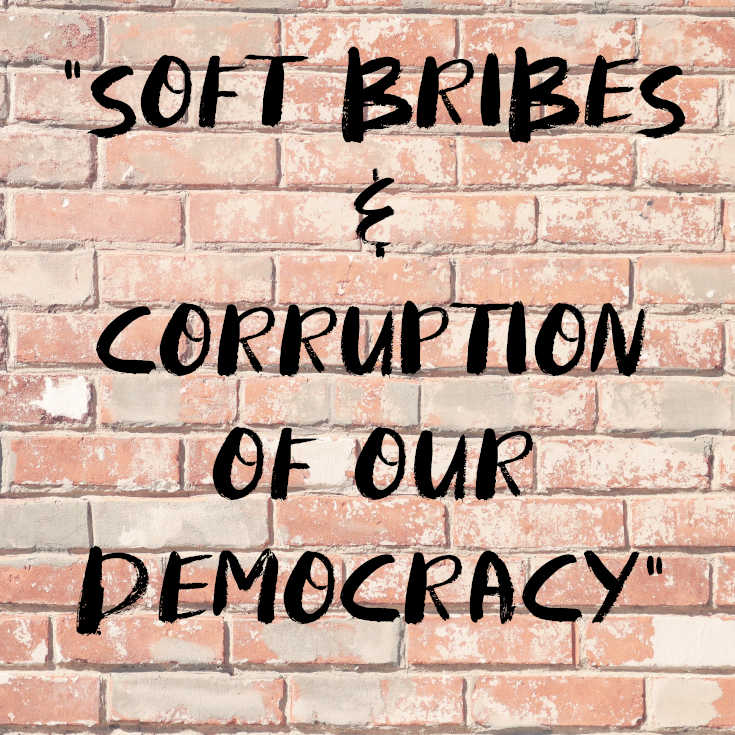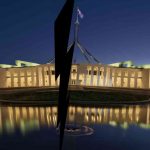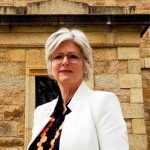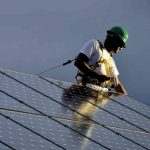The Sydney Morning Herald has analysed three years of 11 Federal Government’s grants programs covering a fifth of all government grants. Grants have overwhelmingly favoured seats held by the government and a few marginal seats.
Is this evidence of serious rorts, or is there a fair explanation?
The guts of the matter
In 3 years in 11 grants programs covering 20% of all grants, the government gave more than 19 thousand grants worth more than $2.8 billion in total across Australia’s 151 electorates. Using the government’s own figures:
- government held electorates received, on average, 3.2 times the average received by opposition electorates;
- even when the large inland electorates which received significant drought funding are removed, government electorates still received, on average, 2.6 times as much as that received by opposition electorates.
- there are a number of cases where government electorates received far more than adjacent and similar opposition electorates.
Looking at these figures, the executive director of the Per Capita think tank, Emma Dawson, said:
“This is more than blatant pork-barrelling. These are soft bribes. This is a corruption of our democracy,”
And former NSW Government Treasury secretary, Percy Allan, said: “We now have governments pursuing political cost-benefit analysis, rather than socio-economic cost-benefit analysis”.
These conclusions show that the serious government rorts that have been exposed are not isolated occurrences, but endemic in this government.
It appears that our government is guilty of misusing public money – your money and mine.
Check out the details
The overall figures
The overall figures are quite clear and quite damning, though they cover only 11 grants programs and 20% of grants. But Prime Minister Scott Morrison has suggested that the figures are biased because (1) they don’t include all grants programs, just some of them, and (2) the largest grants were for drought relief, which is mainly in government electorates, so the figures are not representative.
I have looked at both these claims.
Other grants programs
Two other large grants programs have been analysed and show similar biases.
- The Community Development Grants program (almost $3 billion over 7 years) gives on average three times as much to government seats.
- The $1.04 billion Building Better Regions Fund (BBRF) and the the Local Roads and Community Infrastructure Program also give to the National Party disproportionately. This is, overall, justified because these two funds go to regional areas where the National party seats are, but the BBRF also includes Australia’s sixth largest city, the Gold Coast, which is in a National Party electorate.
The effect of drought funding
The data on grants has been made available by SMH, and I separated out the 22 electorates with areas greater than 20,000 km2. This changed things a little, but not much:
• All electorates: government seat grants 3.2 x greater than opposition seats;
• Large rural electorates: government seats 1.5 x greater;
• Remaining smaller electorates: government seats 2.6 x greater.
Some examples
• In Sydney, Wentworth (Lib) $33.5m, adjacent Kingsford Smith (ALP) $4.1m.
• In Sydney, Reid (Lib) 14.8m. adjacent Grayndler (ALP) $0.7m.
• In Tasmania, Braddon (Lib) $83.4m, Franklin (ALP) $2.8m.
So it seems that Mr Morrison’s objections are red herrings. However I look at it, government grants over the past 3 years, and more, strongly favour government seats. The process of awarding the grants has become politicised to the degree that it looks like a misuse of public money.
Specific rorts
I have reported on some specific funding rorts already:
- The Community Sport Infrastructure Grant Program ($100m) was found by the Auditor General to be not based on merit. Two thirds of the grants went to government electorates. It was subsequently labelled the “sports rorts”.
- The Australian National Audit Office found that distribution of a $389m car park construction fund during the 2019 election campaign was based on coalition held marginal electorates rather than actual need (“carpark rots”). (Some say an amount of $660m was involved.)
You can see a full list of alleged government rorts prepared by the Accountability Roundtable.
The only possible conclusion
This government has practiced pork barrelling to an extreme. Even the government’s own Auditor General and the Australian National Audit Office have been critical. It really is a “corruption of our democracy”, using our money for purpose different for what they were elected to do.
It is no wonder that the government has avoided creating a Federal Integrity Commission, despite promising it 3 years ago. A lawyer has estimated that a federal ICAC might have to investigate 10 government ministers.
#VoteThemOut




